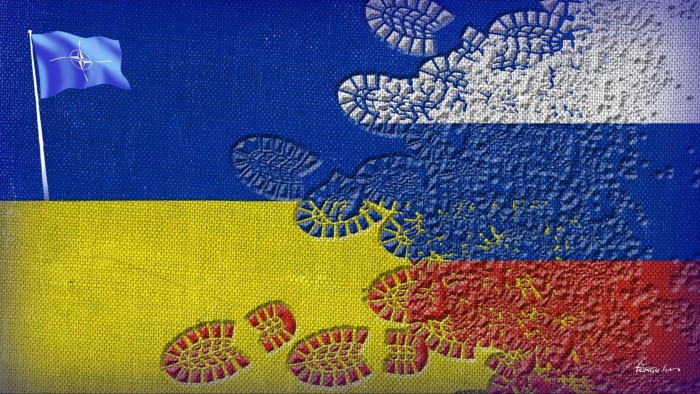
“Daddy’s home,” proclaimed the White House, celebrating Donald Trump’s return from last week’s NATO summit. This social media post, both triumphant and mocking, referred to the title given to Trump by Mark Rutte, the NATO Secretary-General. Rutte’s self-deprecating gesture was a small price to pay to maintain alliance unity. European leaders appeared broadly satisfied following the first NATO summit of Trump’s second term.
Concerns that the U.S. President might walk out of the summit—or even the alliance—were unfounded. All European NATO members have now pledged to spend 5% of GDP on defense, broadly defined. This commitment marks a significant shift in the alliance’s strategy.
Key Achievements and Strategic Shifts
One European leader identified three major achievements from the summit. First, NATO has refocused on its core mission: deterring Russia. Second, the alliance is returning to Cold War levels of defense spending in response to Russia’s ongoing military buildup. Third, as European defense spending increases, NATO will become a more balanced alliance between the U.S. and Europe.
The timing of the NATO summit, occurring just after U.S. military strikes on Iran, also influenced the atmosphere. Trump arrived in good spirits, and his willingness to strike Iran’s Fordow nuclear site eased European fears that he would always avoid using force. Additionally, Trump had a cordial meeting with Volodymyr Zelenskyy of Ukraine, mending some of the damage from their disastrous White House meeting in February.
Ukraine’s Dire Military Situation
Despite diplomatic progress for Ukraine, the war itself appears to be worsening. Some NATO leaders fear a significant deterioration on the frontline by autumn. Such developments would outweigh any commitments made in the recent NATO communiqué. Military assessments indicate both Russian and Ukrainian forces are nearing exhaustion. While Russia might sustain current operations for another year, Ukraine could reach a breaking point within six months without substantial new military support.
Following the positive Zelenskyy-Trump meeting, there are hopes that Ukraine may receive new supplies of Patriot missile-defense systems and Himars artillery rockets from the U.S. With Ukraine’s air defenses stretched thin, these Patriots are crucial. However, Trump remained vague about providing new munitions, leaving room for uncertainty.
Ukraine also faces challenges that Western allies cannot resolve, particularly in troop numbers. Russia is believed to have lost over a million troops, killed or wounded, but Ukraine’s losses are also severe, and Russia’s population is about four times larger than Ukraine’s.
Morale and Strategic Concerns
The increased intensity of Russian missile attacks on Kyiv and other Ukrainian cities is damaging Ukrainian morale. Without a clear vision of victory—or at least an end to the war—a sense of hopelessness threatens to engulf the country. This change in mood is evident in the urgency with which the Ukrainian government is now privately calling for a ceasefire. A year or two ago, such calls might have been seen as defeatism, but they are now made with increasing insistence in closed-door meetings with Western leaders.
However, there is little belief among European policymakers that Russia is ready to agree to a ceasefire. One well-placed official suggests that Russia’s central goal is to capture Odesa, a city Vladimir Putin considers historically Russian. Losing Odesa would mean Ukraine losing access to its main port.
“While Ukrainians will never stop resisting, without more military support, Ukraine can lose more territory. More cities might be captured.” — Former European leaders, including Carl Bildt and Sanna Marin, after visiting Ukraine
Off the record, some Western officials express even bleaker views, warning of a risk of “catastrophic failure” if the Ukrainian military is stretched to breaking point without significant increases in military and financial aid from its Western allies.
Uncertain Future and Strategic Calculations
Wars are unpredictable, and moods can shift. Some in the West argue that Ukraine can hold its own over the coming year. They point out that despite enormous efforts and losses, Russia has only captured an additional 0.25% of Ukrainian territory over the past year. Optimists argue that Ukrainian expertise in drone warfare has prevented large groups of Russian troops from advancing en masse. They also contend that even if Russia breaks through Ukrainian lines, it lacks the mechanized divisions to capitalize on the achievement.
The received wisdom has often been wrong in this war. But if the growing pessimism among those closely following the Ukraine conflict is warranted, then any feel-good sentiments from the NATO summit may soon dissipate. NATO’s Secretary-General is known for his upbeat nature and permanent smile, but even Rutte might struggle to maintain his optimism by year’s end.






